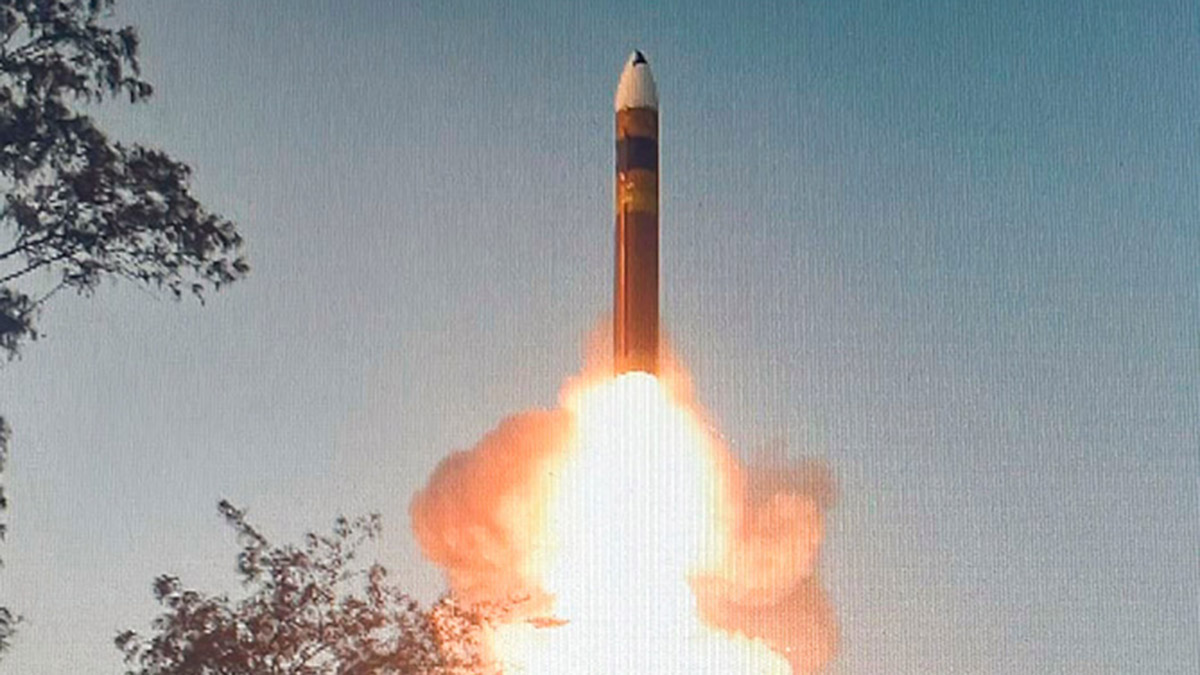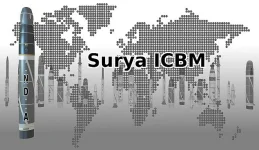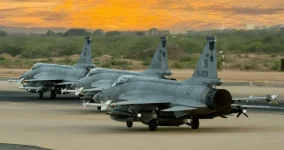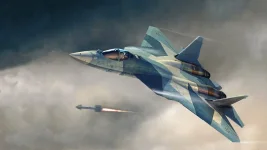- Views: 594
- Replies: 7
)
In a recent opinion piece, Hamdan Khan, Research Officer at the Strategic Vision Institute in Islamabad, has raised significant concerns about India’s recent test of the Multiple Independently Targetable Reentry Vehicle (MIRVed) Agni-V missile. According to Khan, this development could potentially set off a chain reaction leading to a rapid expansion of India’s nuclear arsenal and subsequently exacerbate tensions in the region.
The Agni-V missile, with its MIRV capability, represents a significant advancement in India’s nuclear deterrence capabilities. MIRV technology allows a single missile to carry multiple warheads, each capable of striking different targets independently. Khan argues that even if India opts for the minimum configuration of two to four warheads per MIRVed missile, and scales up its land-based and submarine-launched missiles to accommodate 50-60 and 25-30 MIRVed missiles respectively, the implications for regional stability would be profound.
The crux of Khan’s analysis lies in the potential ramifications of such an expansion. He suggests that India, in order to fully utilize its MIRVed missile capability, would need to significantly increase its nuclear weapons inventory by at least 250-300 warheads. This would effectively triple the size of India’s current arsenal, which stands at around 170 warheads. Such a drastic increase in nuclear stockpiles could trigger a dangerous arms race in the already volatile South Asian region.
Khan emphasizes that in the face of India’s MIRVing of its missiles, the burden falls squarely on Pakistan to respond effectively. He argues that Pakistan must endeavor to mitigate crisis instability by developing a credible sea-based second-strike capability. This, he suggests, would serve as a deterrent against any preemptive strikes by India and ensure the survivability of Pakistan’s nuclear arsenal.
The concept of a sea-based second-strike capability is not new to Pakistan. In recent years, there has been growing discussion within Pakistan’s strategic circles about the need to bolster its naval nuclear capabilities. Khan’s argument underscores the urgency of this endeavor in light of India’s technological advancements.
A secure and credible sea-based second-strike capability, Khan contends, would send a clear message to Indian leadership that a counterforce strike against Pakistan’s nuclear assets would not result in the complete annihilation of Pakistan’s deterrent. It would reassure Pakistan that it possesses the means to inflict unacceptable damage on India, thereby deterring any aggressive moves.



